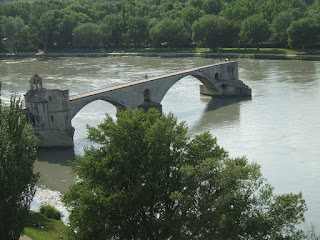 Hotel Cannon D'oro, Cocconato
Hotel Cannon D'oro, CocconatoHad a good breakfast. We were well looked after. Large blocks of fresh cheese, fresh fruit, a ham to slice meat off and whole pineapple. Yoghurt and cake. We were given a very nice bottle of red wine to take with us, I think for our effort in reaching the hotel. How could we refuse, but had to carry it all day. Decided to take busier roads today as they are straighter without any hills. The smaller ones meander too much and are taking too long in the heat. 34c at 18.30 today!




































